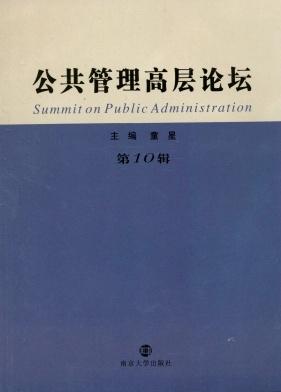Timing Synchronization for Smartphone-Based Optical Camera Communication
引用次数: 0
Abstract
The advent of industry 4.0 sets high and divers requirements for wireless communications. Visible light communication (VLC) is a technology that is able to address a set of those requirements. Within the area of VLC, we focus on optical camera communication (OCC) with a light emitting diode (LED) as sender and a complementary metal-oxide-semiconductor (CMOS) image sensor as receiver. The rolling shutter mechanism of the CMOS image sensor allows the system to achieve higher symbol rate than the frame rate. However, the sampling frequency of the rolling shutter is an unknown parameter that varies between smartphone models and therefore needs to be estimated if the system is required to work with a wide range of CMOS cameras. In this work, a non-data aided (NDA) digital timing synchronization algorithm employing a rolling shutter image sensor was analyzed using a spectral approach for application in an OCC system. The algorithm viability and wide applicability was demonstrated using the cameras of six different smartphone models.基于智能手机的光学相机通信定时同步
工业4.0的出现对无线通信提出了高而多样的要求。可见光通信(VLC)是一种能够满足这些要求的技术。在VLC领域,我们专注于光学相机通信(OCC),以发光二极管(LED)作为发送器,互补金属氧化物半导体(CMOS)图像传感器作为接收器。CMOS图像传感器的滚动快门机制允许系统实现比帧速率更高的符号速率。然而,滚动快门的采样频率是一个未知的参数,在不同的智能手机型号之间会有所不同,因此如果需要该系统与各种CMOS相机一起工作,则需要对其进行估计。在这项工作中,使用光谱方法分析了采用滚动快门图像传感器的非数据辅助(NDA)数字时序同步算法在OCC系统中的应用。通过六种不同智能手机型号的摄像头,验证了该算法的可行性和广泛适用性。
本文章由计算机程序翻译,如有差异,请以英文原文为准。
求助全文
约1分钟内获得全文
求助全文

 求助内容:
求助内容: 应助结果提醒方式:
应助结果提醒方式:


